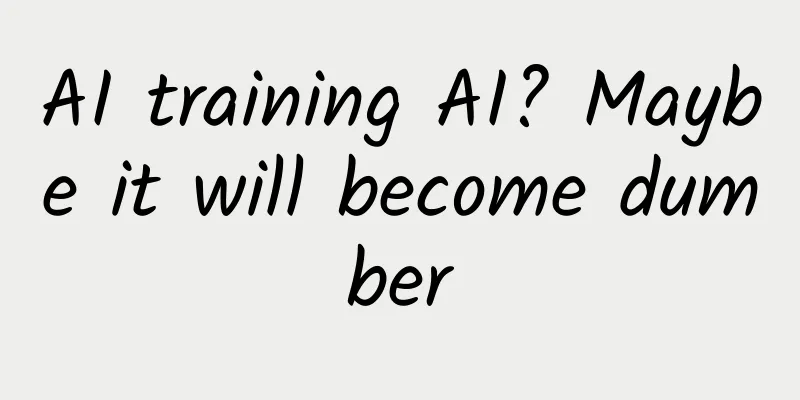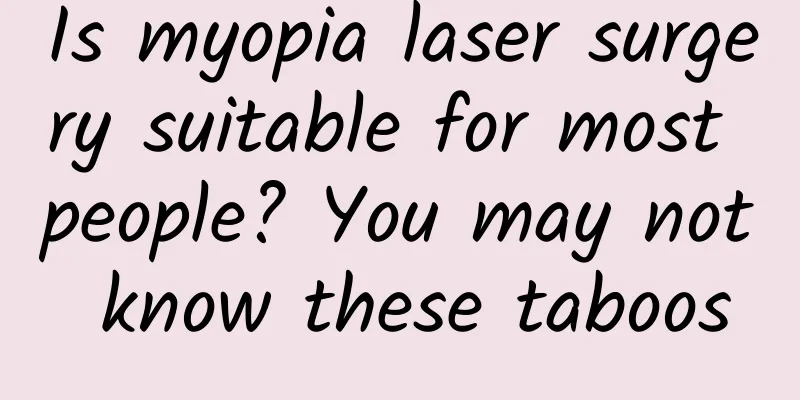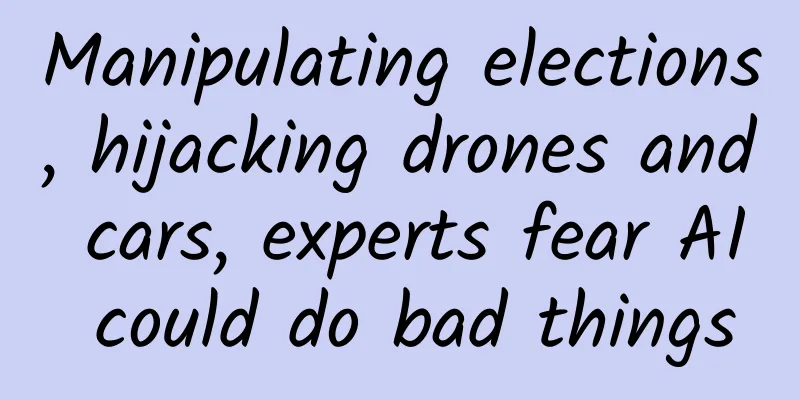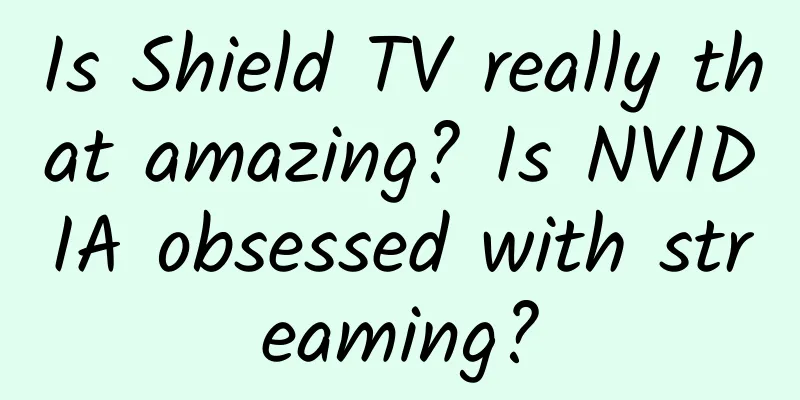Can content generated by AI be used as you wish?
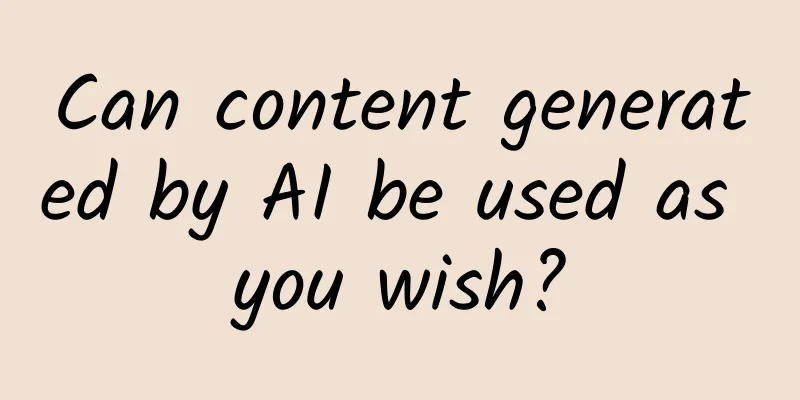
|
Recently, DeepSeek has gained many fans overnight with its superb "deep thinking" ability. After several rounds of dialogue with it, some users quickly "learned from it" and asked it to write "annual work summary" or "conference speech materials" for them. In fact, as early as the birth of generative artificial intelligence, some people have tried to use them to write "cool novels" or generate short videos to earn traffic. So, can the content generated by these methods really be used at will, or even sold for profit? Industry experts believe that content generated by AI has corresponding copyright risks, and attempts to use AI to "take shortcuts" to gain economic benefits may result in huge illegal costs, so it should be used with caution. There are hidden concerns behind AI's "generation fever" "When Lin Shen stuffed the last T-shirt into the suitcase, it was drizzling outside the window. In the 16-square-meter rental house, mold spread like a map in the corners of the wall, and the old air conditioner made a lingering hum..." It may be hard for you to imagine that such a paragraph of text was generated by AI based on the reporter's request. In addition to this "opening" content, there are more than a thousand words of plot, describing the story of an ordinary person "reversing" to become a workplace elite. In fact, in addition to writing novels for others, some college students have discovered the potential of AI early on and secretly used AI to write academic papers for themselves. Since many of the materials for papers written by AI come from public literature, this not only brings the user the worry of plagiarism, but also increases the risk of intellectual property disputes. Therefore, many domestic universities have already used technical tools to remove the "AI flavor" in papers. Copyright images in the gallery. Reprinting and using them may lead to copyright disputes. Behind the use of AI for "creation", the copyright issues derived from it have increasingly attracted social attention. In February 2024, the highly-watched "Ultraman Case" was judged by the Guangzhou Internet Court. The court found that the defendant's artificial intelligence platform constituted copyright infringement and ordered compensation for the rights holder's losses. In this case, since the "Ultraman" painting image generated by the AI platform is substantially similar to the Ultraman image that owns the Ultraman copyright, and the platform makes profits by selling memberships and value-added services such as "computing power", it infringes the rights holder's right to reproduce, adapt and disseminate on information networks to Ultraman works. In order to prevent the risk of infringement caused by AI-generated content, some platforms have also launched AI detection functions. The Douyin platform uses AIGC recognition models and other related technologies, combined with manual recognition, to label content that is suspected of being generated by AI with "suspected use of AI generation technology, please be careful to identify"; Xiaohongshu, Weibo and other platforms have launched a self-declaration function to remind users to declare whether their uploaded content is AI-generated, and to detect and remind suspected AI-generated content; the online literature platform Yuewen Group has also taken technical measures to detect the "AI water text" uploaded by authors. The relevant person in charge of the group said that it opposes some authors using AI to generate low-quality and meaningless works. "Copy" or "Creation"? Legal risks should be taken seriously What legal risks should we pay attention to when using AI as a creative aid? Even if public data is used for AI training, there may be a risk of infringement. "The content generated by AI may have a prototype, and this prototype may have a copyright owner." Shen Yang, a professor at Tsinghua University who has been engaged in AI research for a long time, believes that compared with using public data for model training, the risk of infringement caused by using self-owned data is relatively lower, but attention should still be paid to the copyright source of the relevant training corpus. Even if the user, as a natural person, "guides" AI to generate relevant content, he or she may not enjoy copyright. "Whether AI-generated content has copyright is now a 'world problem'." Wang Xinrui, partner of Shihui Law Firm, told reporters that from the current judicial practice, whether AI-generated content enjoys copyright depends on whether the content incorporates the user's "original thinking." In addition, because the process of AI-generated content involves multiple parties such as software developers, owners, and users, even if the generated content itself is protected by copyright law, which party should own the copyright is also the focus of current debate among all sectors. Copyright images in the gallery. Reprinting and using them may lead to copyright disputes. Even if the generated content is not output, if AI uses copyrighted training data without permission, it may also cause infringement. Judging from the cases that have occurred in other parts of the world, some copyright owners believe that it is also an infringement for AI models to use their copyrighted content on the public network without authorization and to conduct machine training after "erasing the signature and source". In Wang Xinrui's view, the nature of such behavior should be determined by considering whether it is "fair use" and whether the relevant copyrighted content is used for commercial purposes. In addition, since different countries have different standards for identifying AI infringement in judicial practice, this also brings challenges to our AI big models going global and participating in international competition. How to avoid potential infringement risks caused by differences in judicial systems and social culture is worth considering for the owners of AI big models. Improve laws and regulations to regulate the healthy development of AI Looking at the history of human development, any technological revolution will have a profound impact on the original social concepts and legal systems. This requires people to adapt to and improve relevant rules as soon as possible while enjoying the convenience and efficiency brought by technological innovation. In 2024, the Cyberspace Administration of China issued the "Measures for Identifying Synthetic Content Generated by Artificial Intelligence (Draft for Comments)", which clearly stated that "implicit identification shall be added to the file metadata of generated synthetic content", and "file metadata" is used to record the source, attributes, purpose, copyright and other content of the file . Wang Xinrui and other legal experts suggest that when conducting machine training, owners of large AI models should identify and review the copyright source of the training corpus, and obtain prior authorization for materials with clear copyright holders; materials with significant originality and high commercial value should be given special attention. At the same time, a compliance review process for the intellectual property rights of AI-generated content should be established, and complaint and reporting channels for the public and copyright holders should be improved to minimize the risk of infringement of AI-generated content. Copyright images in the gallery. Reprinting and using them may lead to copyright disputes. In response to some users who rely too much on simple prompts and use AI-generated content for commercial purposes at will, resulting in infringement, Shenyang suggested that, on the one hand, users should be cautious in using AI-generated content for commercial purposes, and on the other hand, if users want to grant intellectual property rights to AI-generated content, they need to incorporate their own original prompt content and make intellectual property declarations through relevant channels without infringing on the IP and legal rights of others, so as to safeguard their own legal rights. Lin Xiuqin, dean of the Intellectual Property Research Institute of Xiamen University, suggested that relevant departments can improve relevant laws and regulations based on the actual situation of technological development. At the same time, combined with international practices, clarify the connotation and extension of "fair use" in the field of AI, create a good institutional environment for the innovation and development of AI technology, and guide relevant companies to participate in international competition in an orderly manner. Planning and production Source: Xinhua News Agency Editor: He Tong Proofread by Xu Lailinlin The cover image and the images in this article are from the copyright library Reprinting may lead to copyright disputes |
<<: A barely passed defense helped chemistry turn over the "darkest chapter"
>>: The "dilemma" of mild myopia: Can I not wear glasses? !
Recommend
Is Xiaohongshu’s “grass planting marketing” changing?
The trend of grass-roots marketing on Xiaohongshu...
If China does not build OLED panel lines in China, the Chinese color TV industry may regret it if it does not fear LG's future
As a core supplier of large-size OLED panels, LG ...
How did the "Hubei people" manage water resources four or five thousand years ago? The earliest water conservancy facilities in my country have been discovered!
On December 4, archaeological experts from Hubei ...
If you could take an elevator to space, would you dare to try it?
According to Science and Technology Daily, at the...
Many apps ignore Apple's Human Interface Guidelines details
Today we want to share some of the discoveries we...
4 steps to product advertising conversion: analysis of search advertising conversion
The ultimate goal of search advertising is to bri...
Yusi can play Douyin with zero basic knowledge, practical short videos can help you easily earn tens of thousands of yuan
Yusi has zero basic knowledge of Tik Tok. Practic...
Is a golf ball a mushroom? Yes, it is a rare mushroom
In Kew Gardens, located in the southwest suburbs ...
If you stand within the safety white line, will you really be sucked into the track?
Imagine a train whizzing by, the wind it creates ...
Analysis of Kuaishou information flow advertising and advertising optimization tips!
A complete analysis of the Kuaishou information f...
Have you paid attention to these "bullshit" things?
Whether at home, in the elevator, on the subway, ...
Information flow creativity, but the conversion effect is always poor?
What is the most important characteristic of a co...
There are five levels of operator realm. Which level are you at?
We who practice martial arts... um, no, it's ...
Are you proud of your height of 1.8 meters? Even shorter than a Shandong green onion
When talking about Shandong, many people's fi...
Baiguoyuan-Private Domain Methodology!
What constitutes an “ideal” private domain? How m...

